When to Use Park Brake? Mastering the Art of Parking!
“When to use park brake?” is a question you might have if you are new to driving. Yet, often, the intricacies of its correct application are overlooked by even experienced drivers. From parking on steep inclines to understanding the rare instances when it’s best left disengaged, the park brake plays a pivotal role in vehicular safety and maintenance. In this detailed guide, you will be discerning the nuances of park brake usage, ensuring your car’s longevity and, more importantly, your safety on the road. So, keep reading!
When to Use the Park Brake?
The appropriate times to use the park brake include when parking on any terrain, during manual transmission operations, and in certain vehicular maintenance situations. Park brake is also called emergency brake due to its application in urgent situations.
The following list explains all the situations you need to use the park brake
- Parking on an Incline: Whenever you park on a hill or any inclined surface, it’s vital to use the park brake. This prevents the vehicle from rolling down due to gravity. It’s an extra layer of safety, especially when the primary brakes might not provide enough resistance.
- Flat Surface Parking: While it might seem unnecessary, engaging the park brake even on flat surfaces is essential. It provides additional security against potential vehicle movement, especially if the primary brake system fails or becomes compromised.
- Manual Transmissions: Vehicles with manual transmissions rely heavily on the park brake when parked. Without engaging it, the vehicle might roll, especially if left in neutral. Even when parked in gear, using the park brake provides an extra safety measure.
- During Maintenance: When working on your vehicle, especially underneath it or when it’s hoisted, engaging the park brake ensures it remains stationary. This is crucial for safety, preventing sudden and unwanted vehicle movement.
- When Primary Brake System Shows Issues: If you suspect your vehicle’s primary braking system isn’t functioning correctly, the park brake can act as a backup when stopping the car. However, remember that it is a temporary solution; you should check your primary brake system as soon as you can.
In essence, the park brake isn’t just an ancillary tool but an essential safety feature. Its usage goes beyond the common perception of only being useful on hilly terrains. From ensuring safety during maintenance operations to acting as a fail-safe during primary brake system issues, the park brake’s utility is manifold.
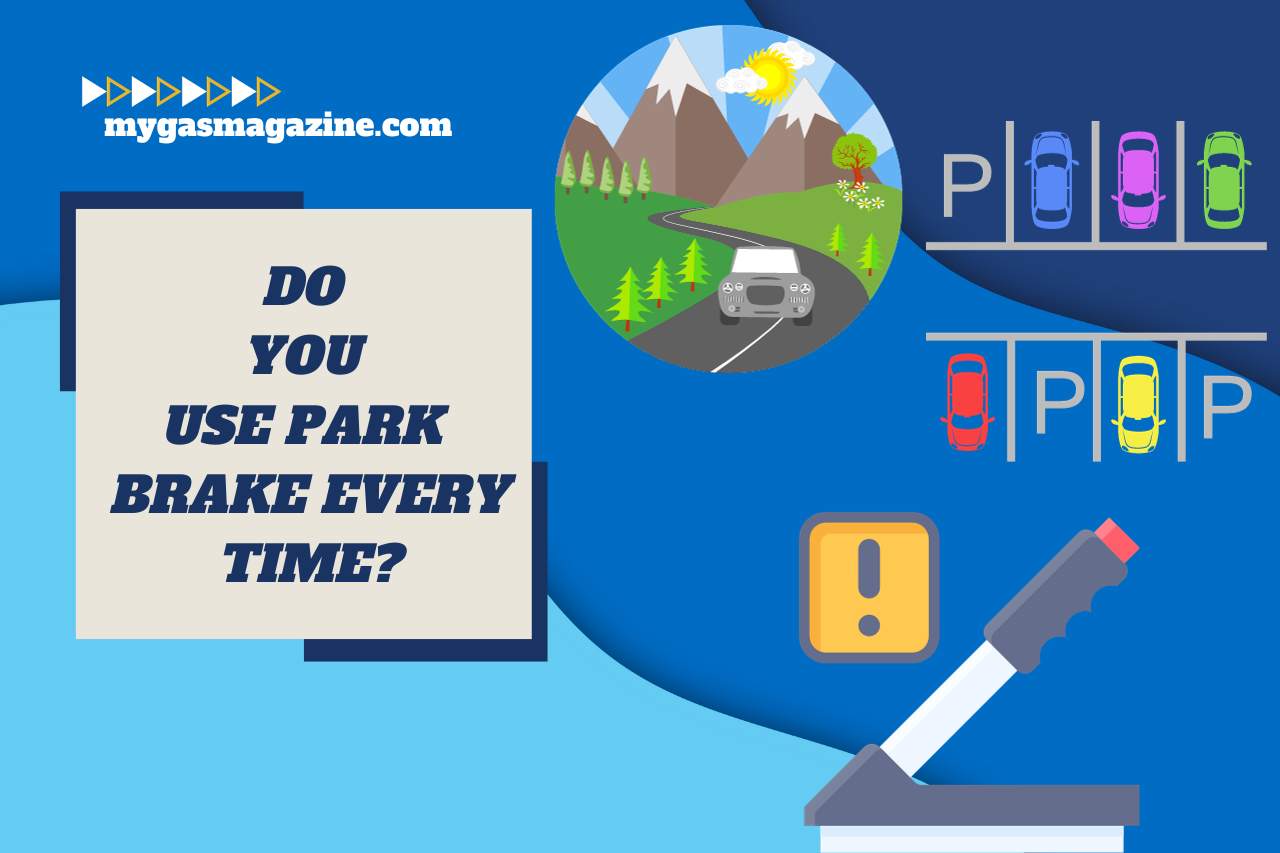

Do you Use Park Brake Every Time?
Yes, using the parking brake every time you park is highly recommended. It ensures added safety and reduces stress on your car’s transmission.
Why do you need to use the park brake every time? The following points will explain it
- Transmission Longevity: Depending solely on the transmission, particularly in automatic vehicles, can cause wear. In such cases, the parking brake helps share the load.
- Safety Precaution: In case of primary brake system failure, having the parking brake engaged provides an extra layer of security against potential rollaway. In fact, by using it routinely, you build a consistent habit, ensuring you don’t forget during crucial times, like on an incline.
In a nutshell, the parking brake isn’t just for steep hills. Adopting the habit of engaging it every time provides a blend of safety and maintenance benefits.
When Not to Use Park Brakes?
While using the park brake is typically advisable, there are situations that you need to avoid using the park brake.
Go through the points we have mentioned in this section and ensure your safety and your car’s good health
- Extreme Cold: In temperatures well below freezing, there’s a risk that the brake mechanism can freeze since excessive moisture exists in the atmosphere. If frozen, it might not disengage properly, which can lead to brake damage or the vehicle not moving at all.
- Brake Maintenance: If your car is undergoing brake system maintenance or repairs, especially concerning the rear brakes, it’s generally advised to leave the park brake disengaged. The reason why, engaging it can complicate certain procedures or adjustments.
- Towing: If your car is being towed, particularly with the rear wheels on the ground, it’s essential that the park brake is disengaged. This ensures smooth towing and prevents potential damage.
- Short-term Stops: In scenarios like stop-and-go traffic or a brief halt, it’s not necessary to engage the park brake. However, extended idling periods, especially on slopes, still warrant its use.
In summary, while the park brake is a valuable safety tool for various parking scenarios, there are times when its engagement isn’t beneficial. Recognizing these moments helps in maintaining the brake system’s integrity and ensuring smooth vehicular operation.
Watch this one,
Video Credits – Around The Home
You May Also Like
- How does a Caliper Parking Brake Work? Unveiling the Mechanics!
- How to Tell If Parking Brake is Stuck? Uncover the Mystery!
- Difference Between Park and Parking Brake – (Understanding Auto Lingo)
- Park Lights Come On When the Brake is Pressed – Understanding the Link!
- Brake Lamp Bulb Fault – Replacing a Faulty Brake Lamp Bulb!
- Park Brake Limited Function Service Required – Expert Tips for Maintenance!
- Parking Brake Engaged While Driving – What to Do Next!


Meet Lakith, the driving force behind MyGasMagazine.com. A seasoned mechanic with over 7 years of hands-on experience in our family-run Gas Mag Garage, Lakith combines his technical expertise with a deep passion for cars. His journey in the automotive world began alongside his father, learning the intricacies of car repair and maintenance. Today, as the founder of MyGasMagazine.com, Lakith shares his wealth of knowledge, offering readers a unique blend of practical advice, industry insights, and engaging stories from the vibrant car culture of Sri Lanka.

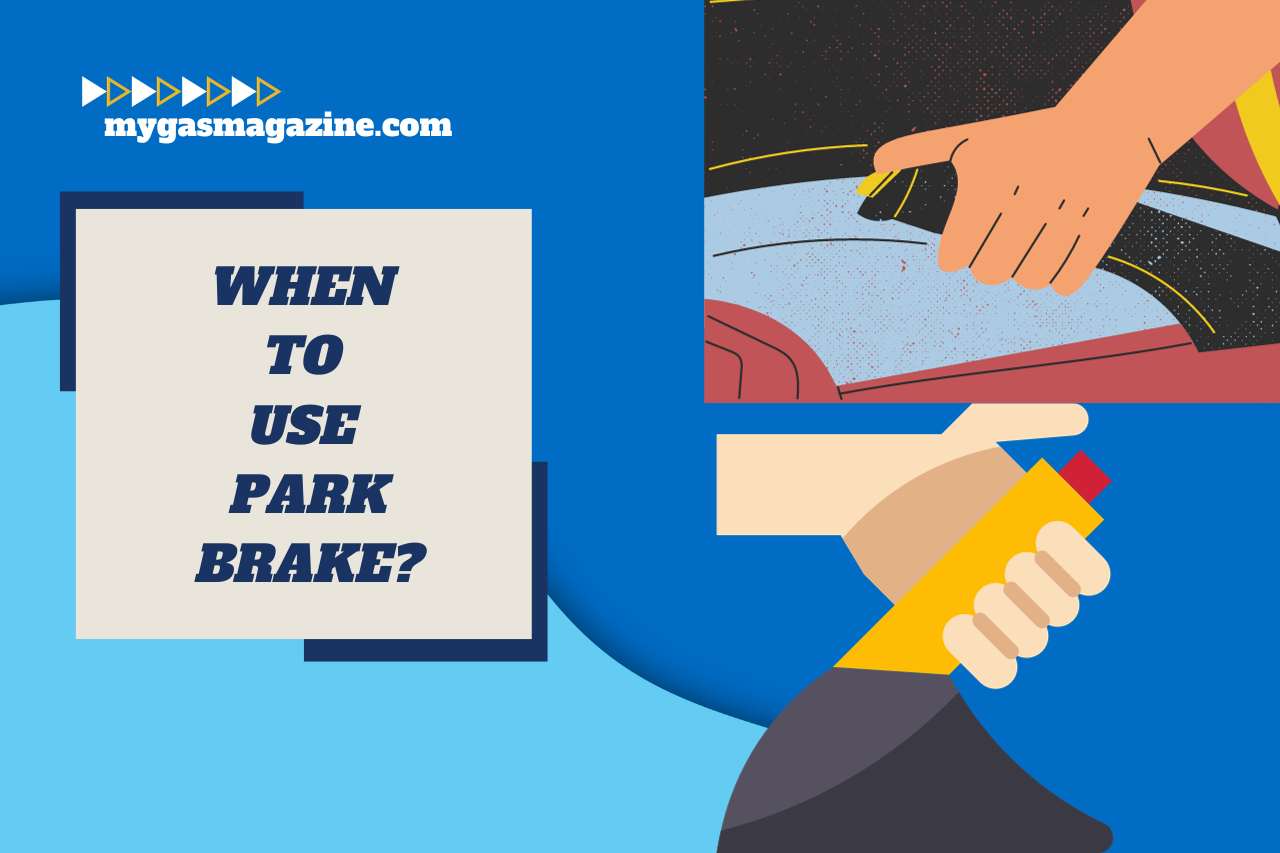
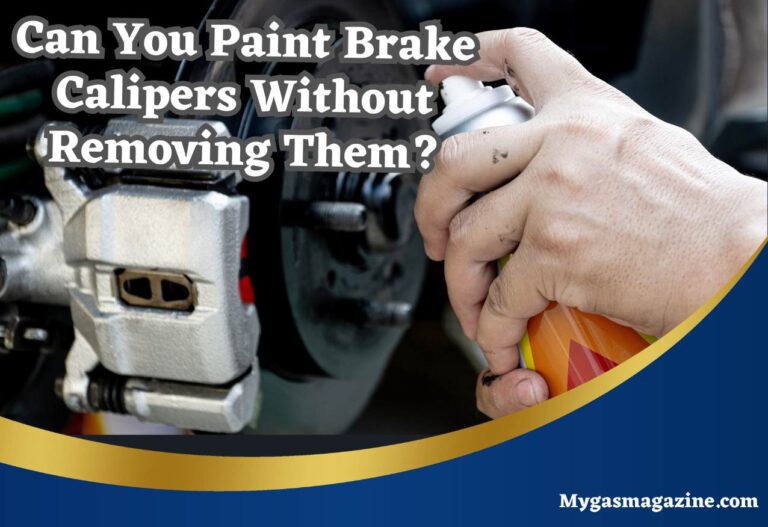
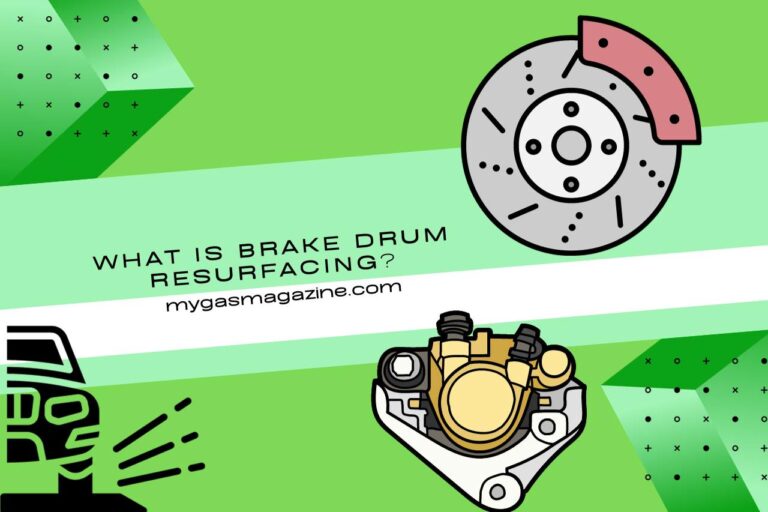

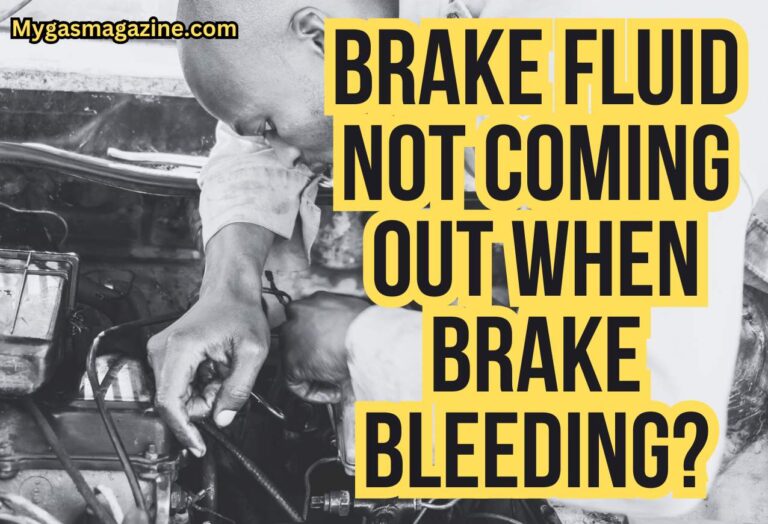
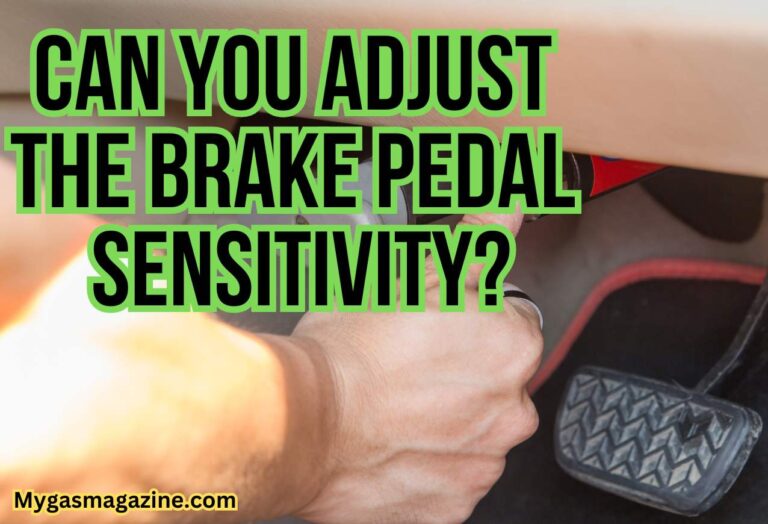

3 Comments